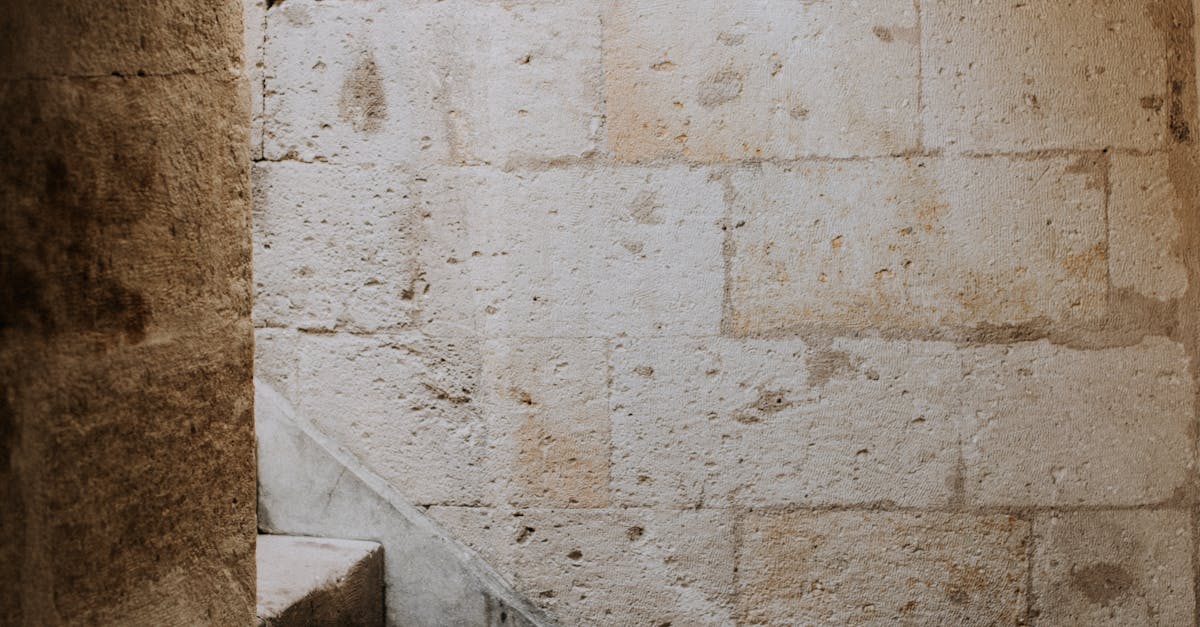
oking fresh but also helps prevent mould and mildew growth.Implementing energy-efficient wall cladding solutions represents a wise investment for both residential and commercial properties. The initial costs may appear higher when compared to traditional materials. However, the long-term financial benefits greatly outweigh these initial expenses. Reduced energy consumption leads to lower utility bills. This contributes significantly to the overall savings over the lifespan of the building.
Inspect your bamboo cladding periodically for signs of wear or damage. If you notice any fading or discolouration, consider reapplying the finish or sealant to maintain its protective layer. Additionally, a coat of oil specifically designed for bamboo can enhance its natural colour and improve resistance to water and UV rays. Following these care tips will contribute to a longer lifespan for your bamboo cladding, keeping it aesthetically pleasing and functional over time.Additionally, many energy-efficient materials enhance the overall value of a property. Buyers increasingly seek homes with modern, sustainable features. This heightened demand can lead to increased resale values. Government incentives and rebates may also be available for energy-efficient upgrades. These financial supports further improve the cost-effectiveness of investing in energy-efficient wall cladding.
Cost Considerations for Bamboo CladdingLongTerm Savings and Initial Investment
Bamboo cladding presents a unique option for homeowners looking to balance aesthetics and sustainability. The initial investment for bamboo can vary, influenced by factors such as quality, finish, and sourcing. Higher-grade bamboo often proffers increased durability and an appealing finish, translating to a steeper price. However, the long-term savings on maintenance and energy efficiency can offset these upfront costs, making it an attractive choice for budget-conscious buyers.Investing in energy-efficient wall cladding provides significant long-term savings that often outweigh the initial expenditure. While the upfront costs may be higher co
tion, appealing to those seeking sustainable building materials. In contrast, timber, while traditional and widely used, takes significantly longer to replenish. The enduring nature of hardwoods makes them a staple in construction, but the environmental impact of deforestation poses a considerable concern.Regular maintenance plays a crucial role in preserving the performance and longevity of energy-efficient wall cladding. This involves periodic inspections to identify any signs of wear, damage, or deterioration. Cleaning surfaces to remove dirt, mould, or debris is essential to ensure optimal thermal performance. An annual check can help catch issues early, preventing larger and more costly repairs in the future.
When it comes to durability, bamboo can be surprisingly resilient, especially when treated properly. It stands up well to weather conditions, making it suitable for exterior applications. However, it may be more vulnerable to pests without adequate protection. Timber, depending on the species, can vary in its resistance to elements and infestations. Some hardwoods can endure for decades, while softer woods may require regular maintenance to prevent decay and ensure longevity. Each material offers distinct benefits and challenges that should be considered based on the specific needs of a project.Repairing small damages as soon as they are noticed can significantly extend the lifespan of wall cladding. Property owners should also be mindful of the materials used in the cladding system. Some finishes may require specific cleaning agents or techniques to avoid damage. Keeping up with the manufacturer's maintenance recommendations ensures that the cladding continues to contribute effectively to energy efficiency and overall building performance.
FAQSEnsuring Longevity and Performance
What is bamboo cladding and how is it used?To guarantee the longevity of energy-efficient wall cladding, routine inspections and m
FAQSTo clean bamboo cladding, use a mild detergent mixed with water and a soft cloth or sponge. Avoid harsh chemicals and abrasive materials. Regularly inspect for signs of wear and reapply protective finishes as needed to maintain its appearance and durability.
What are the cost considerations for bamboo cladding?What are energy-efficient wall cladding solutions?
Costs for bamboo cladding can vary based on factors like quality, style, and installation. It's essential to budget for both the materials and labour, as well as any ongoing maintenance costs that may arise over time.Energy-efficient wall cladding solutions are materials and systems designed to reduce energy consumption in buildings by improving insulation, thermal performance, and overall energy efficiency.
How does bamboo cladding compare to timber?How do energy-efficient wall cladding solutions save money?
Bamboo cladding is generally more sustainable and faster-growing than timber, making it an eco-friendly option. However, the durability and aesthetic qualities of each material can differ, with bamboo often being more resistant to moisture and pests than some types of timber.While the initial investment may be higher, energy-efficient wall cladding can lead to significant long-term savings on energy bills by reducing heating and cooling costs, resulting in lower overall operational expenses for the building.
Can bamboo cladding be used in wet or humid environments?What installation techniques ensure optimal energy efficiency for wall cladding?
Yes, bamboo cladding can be suitable for wet or humid environments, especially if it is properly treated and finished. Choosing a high-quality, moisture-resistant bamboo product can enhance its longevity in such conditions.Best practices include proper insulation installation, ensuring airtight seals, using high-quality materials, and following manufacturer guidelines to maximise the thermal performance of the wall cladding.
What maintenance practices are recommended for energy-efficient wall cladding?Related LinksRegular inspections for damage, cleaning to remove dirt and debris, and ensuring that seals and coatings remain intact are important for maintaining the longevity and performance of energy-efficient wall cladding.
The Durability of Bamboo Cladding in Australian ClimatesCan energy-efficient wall cladding contribute to sustainability?Cost Analysis of Bamboo Cladding vs Other Natural MaterialsYes, energy-efficient wall cladding contributes to sustainability by reducing energy consumption, minimising carbon emissions, and promoting the use of eco-friendly materials, ultimately supporting a greener future.
Innovative Uses of Bamboo Cladding in Architecture
Aesthetic Appeal of Bamboo Cladding in Modern DesignRelated Links
The Environmental Impact of Bamboo CladdingInnovations in Sustainable Wall Cladding Technologies
Maintenance Tips for Bamboo CladdingBiophilic Design: Integrating Nature with Wall Cladding
Case Studies: Successful Sustainable Wall Cladding Installations in Australia